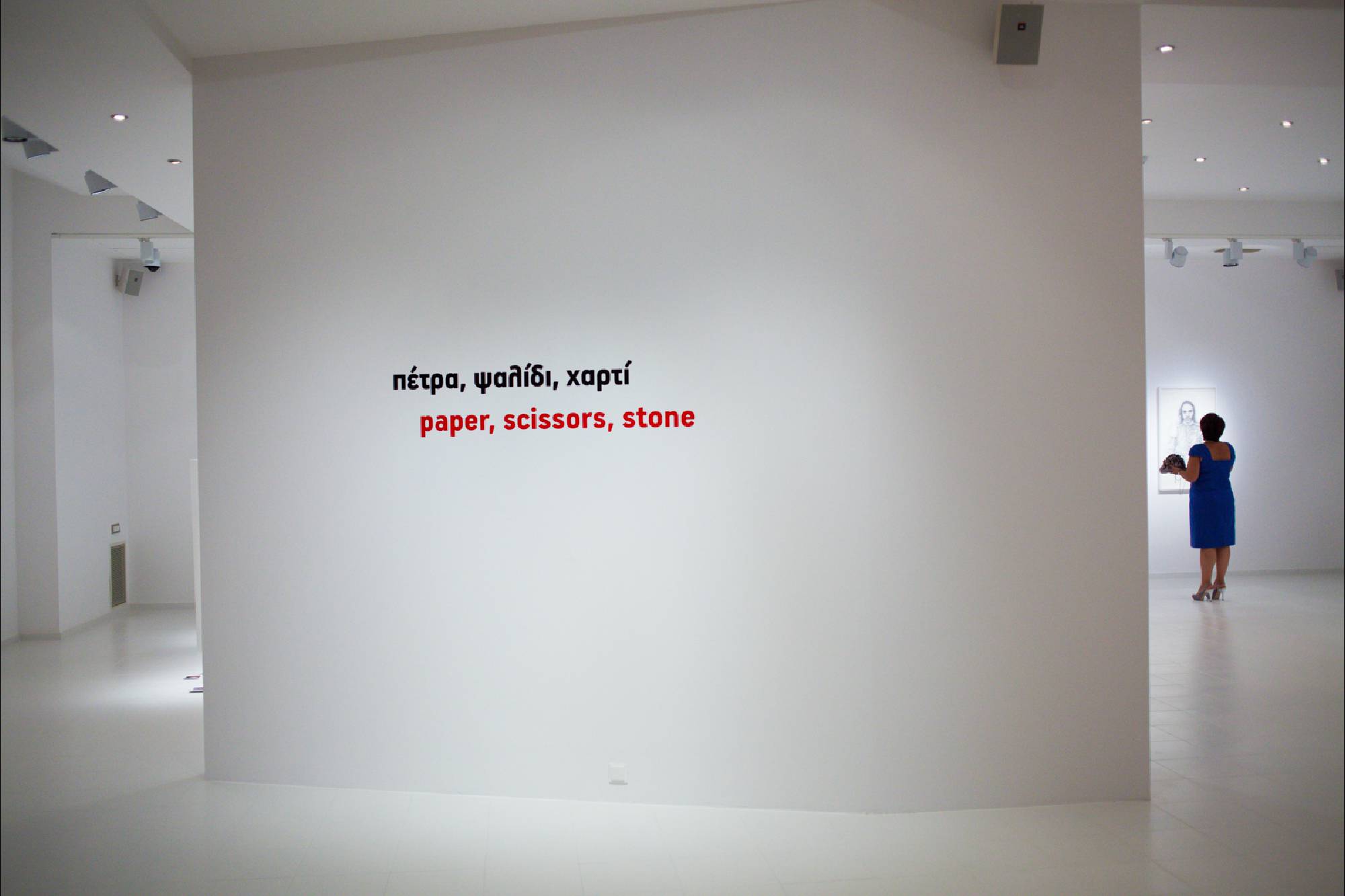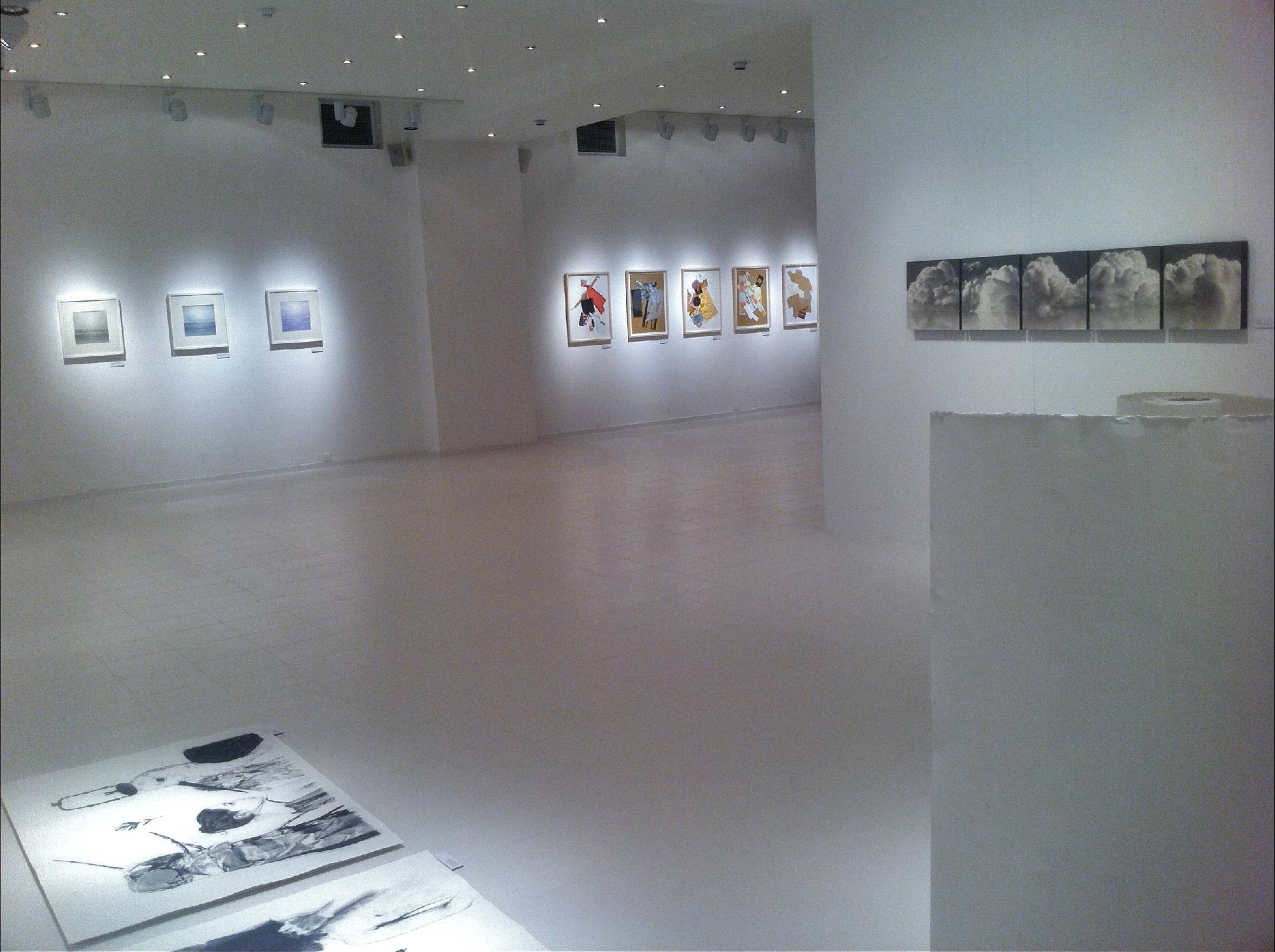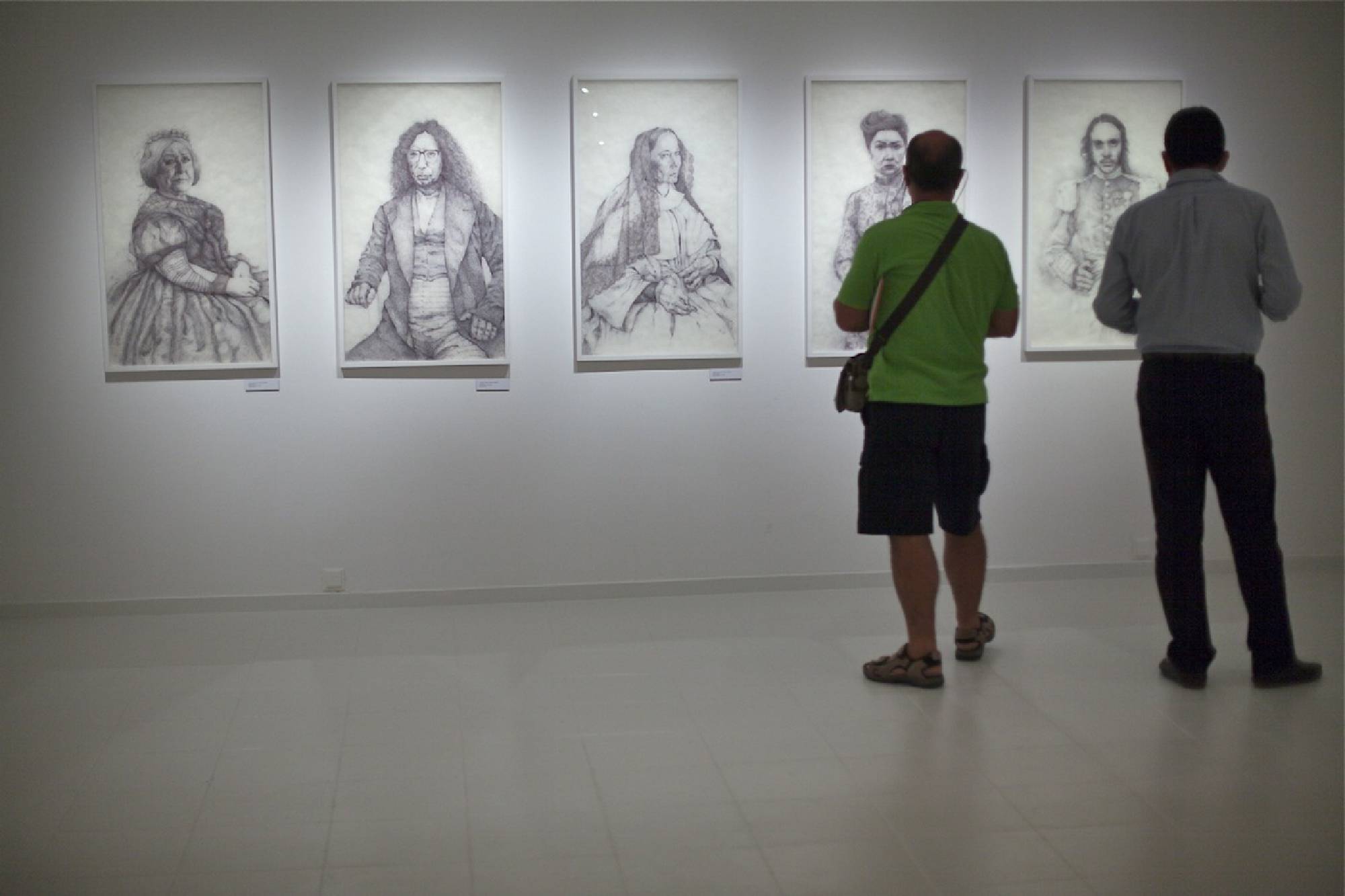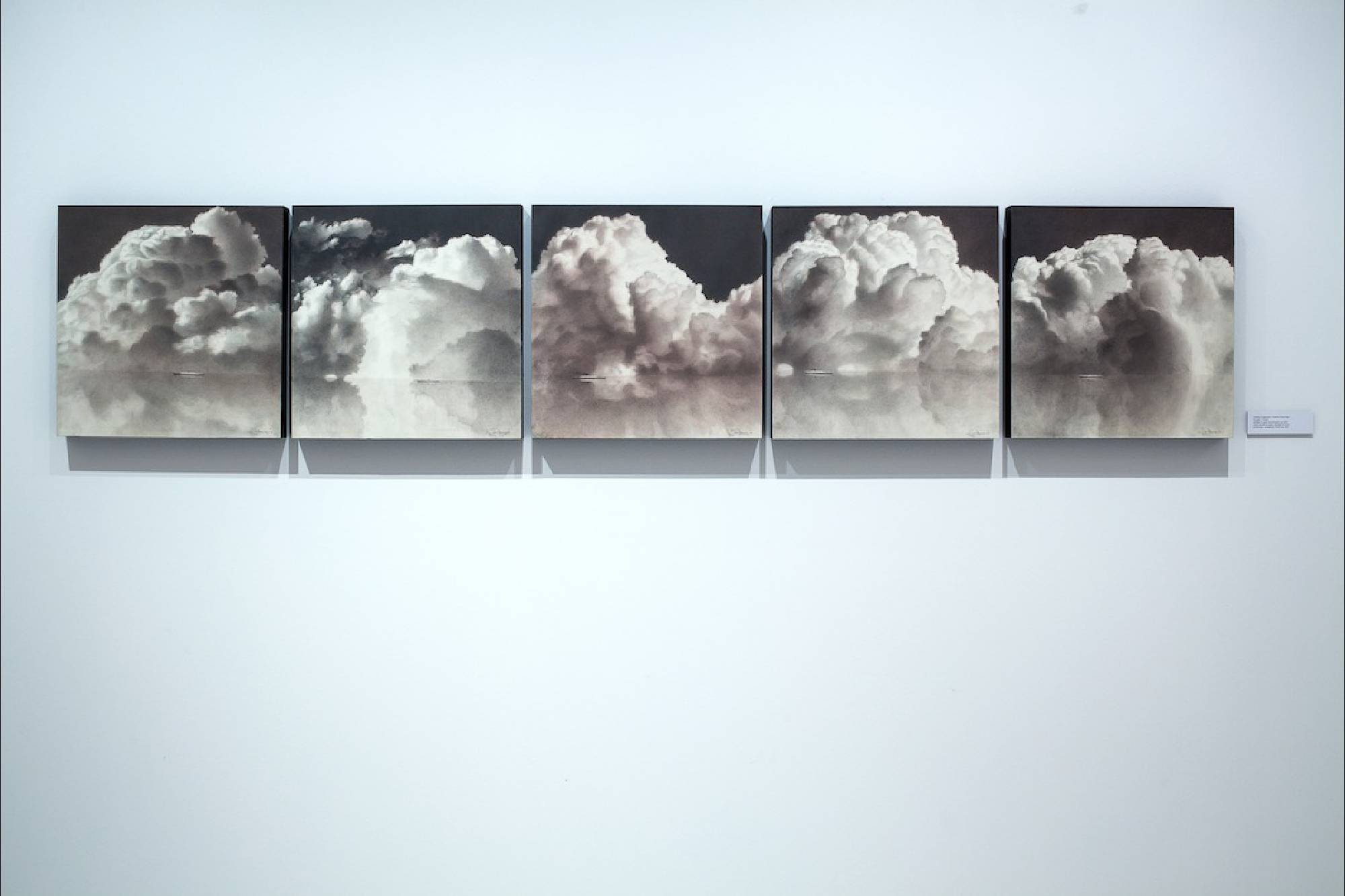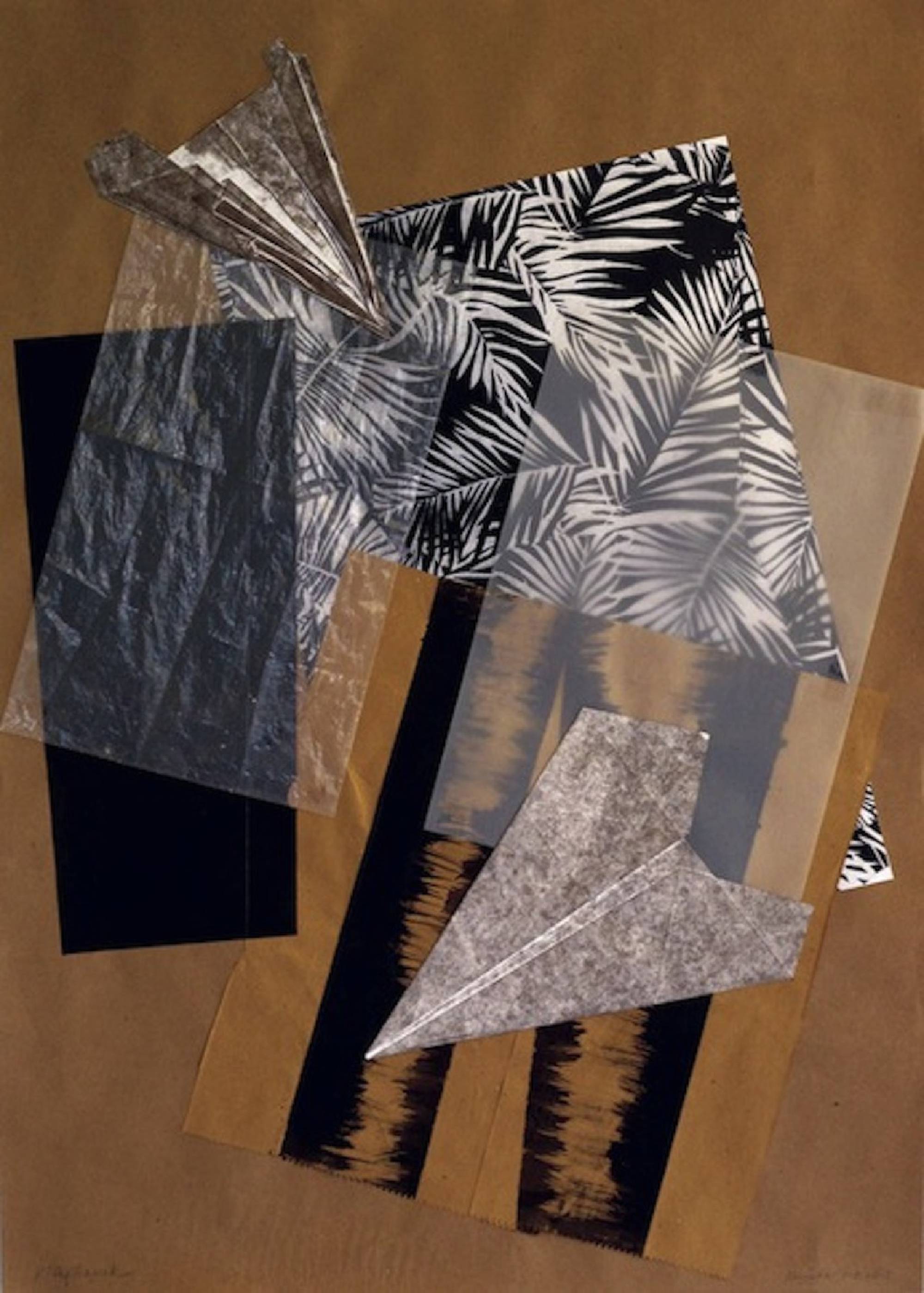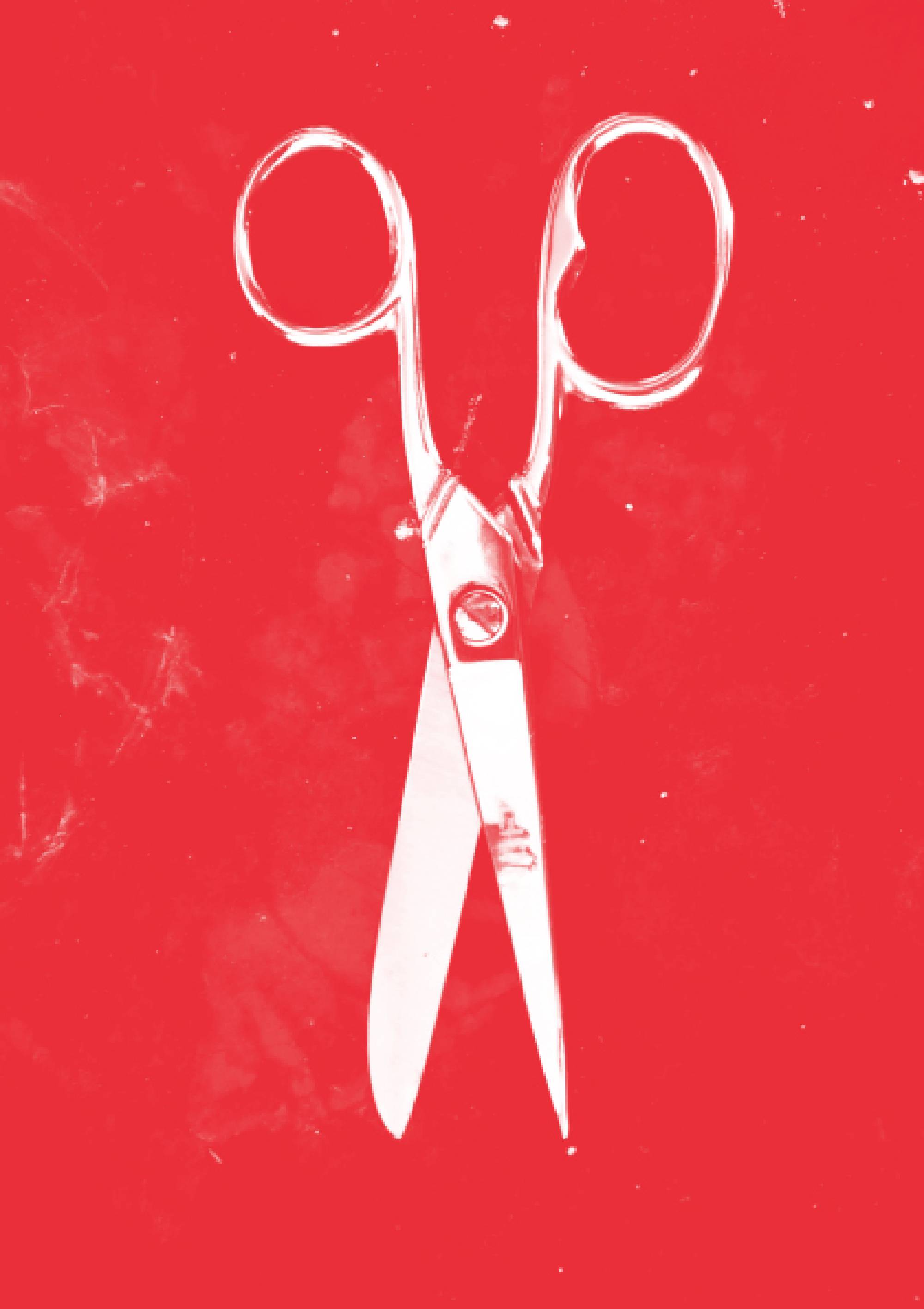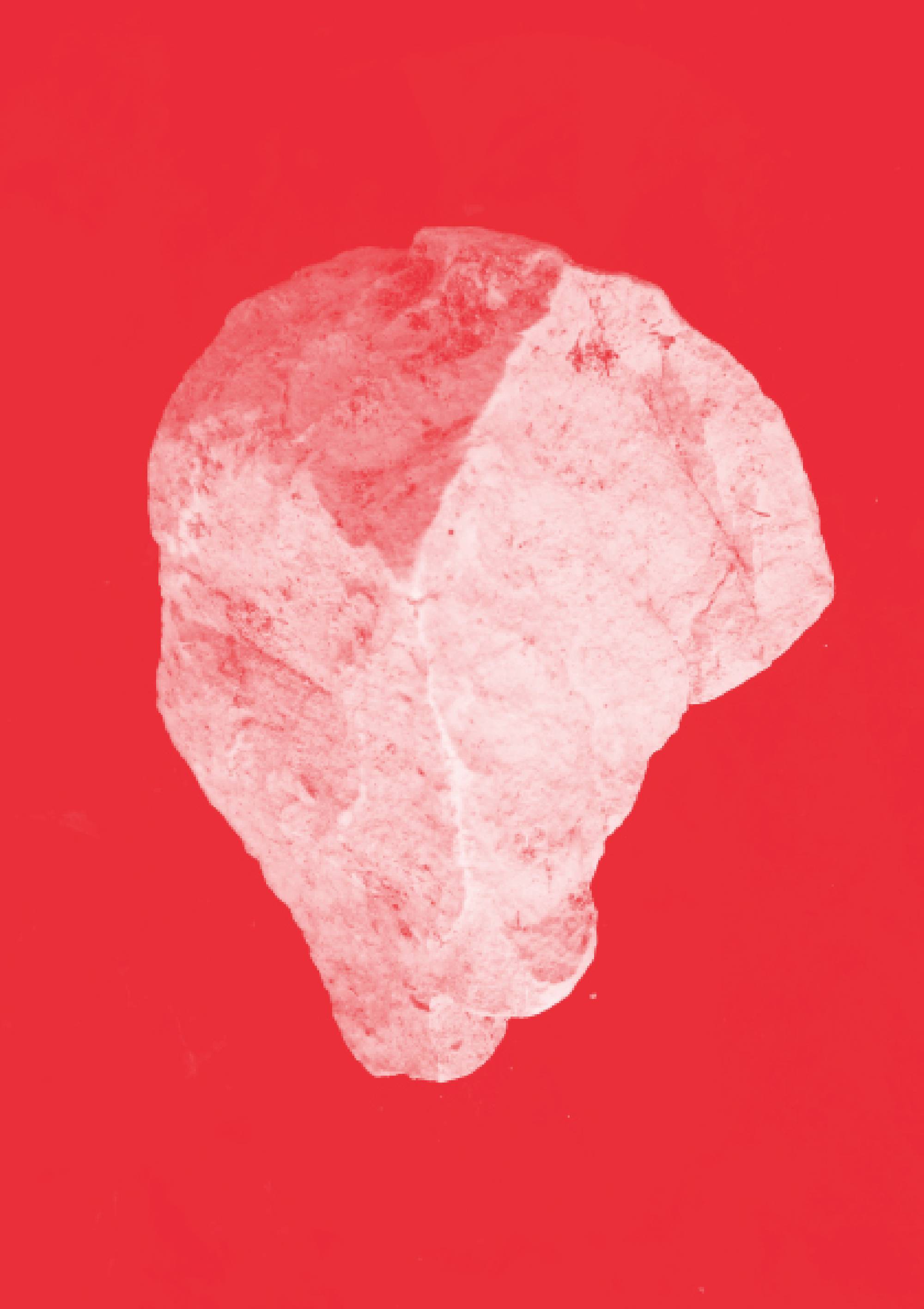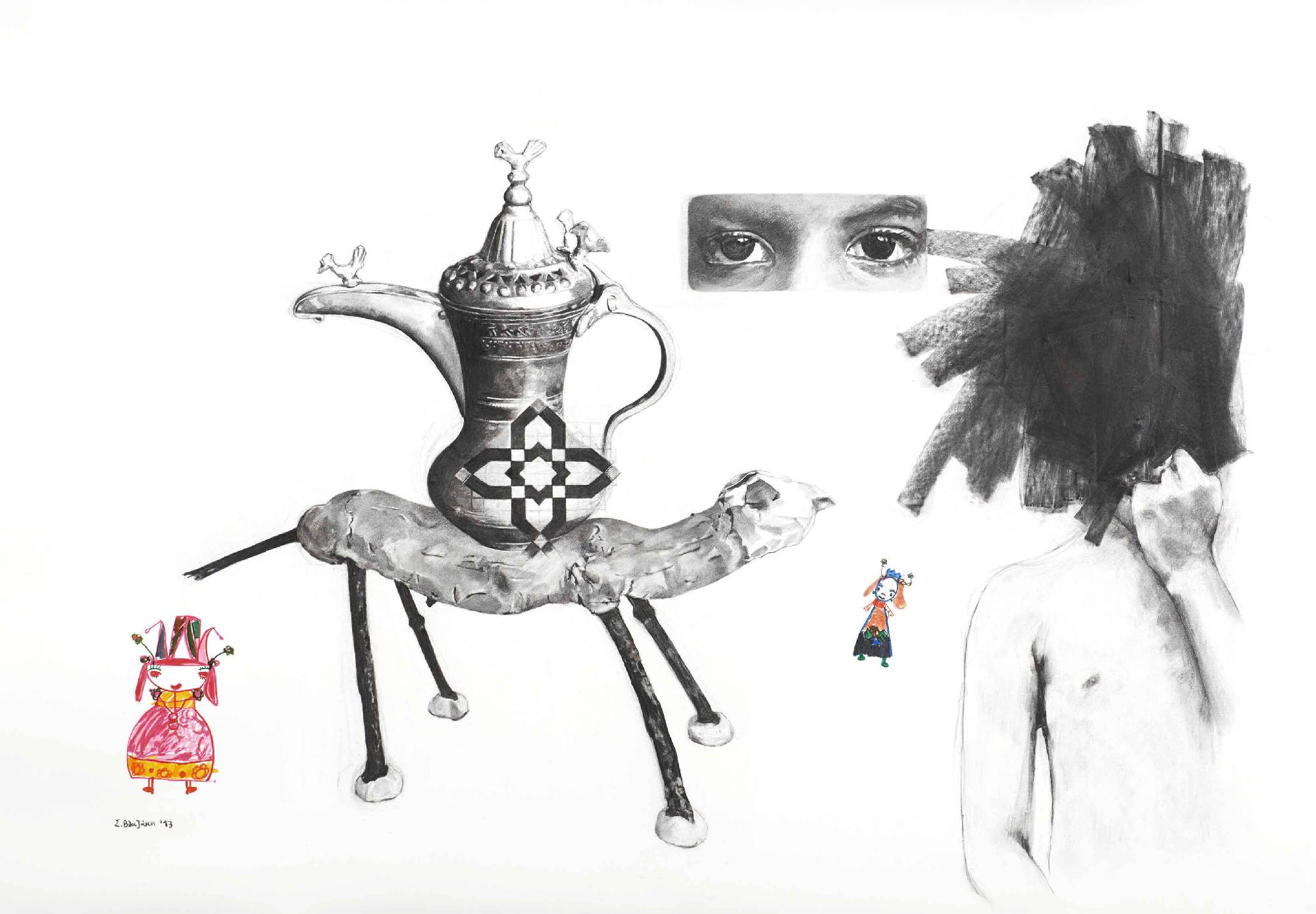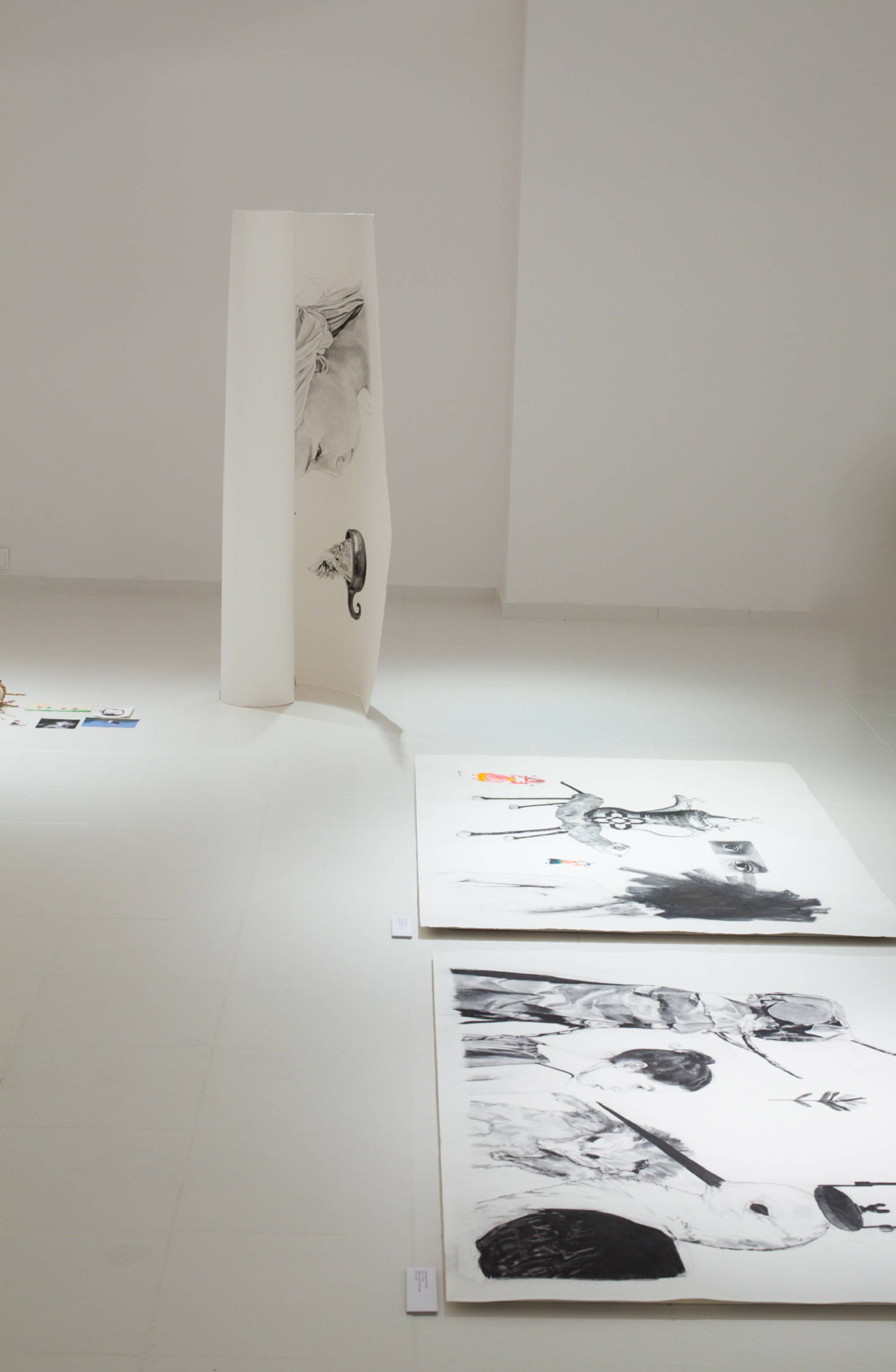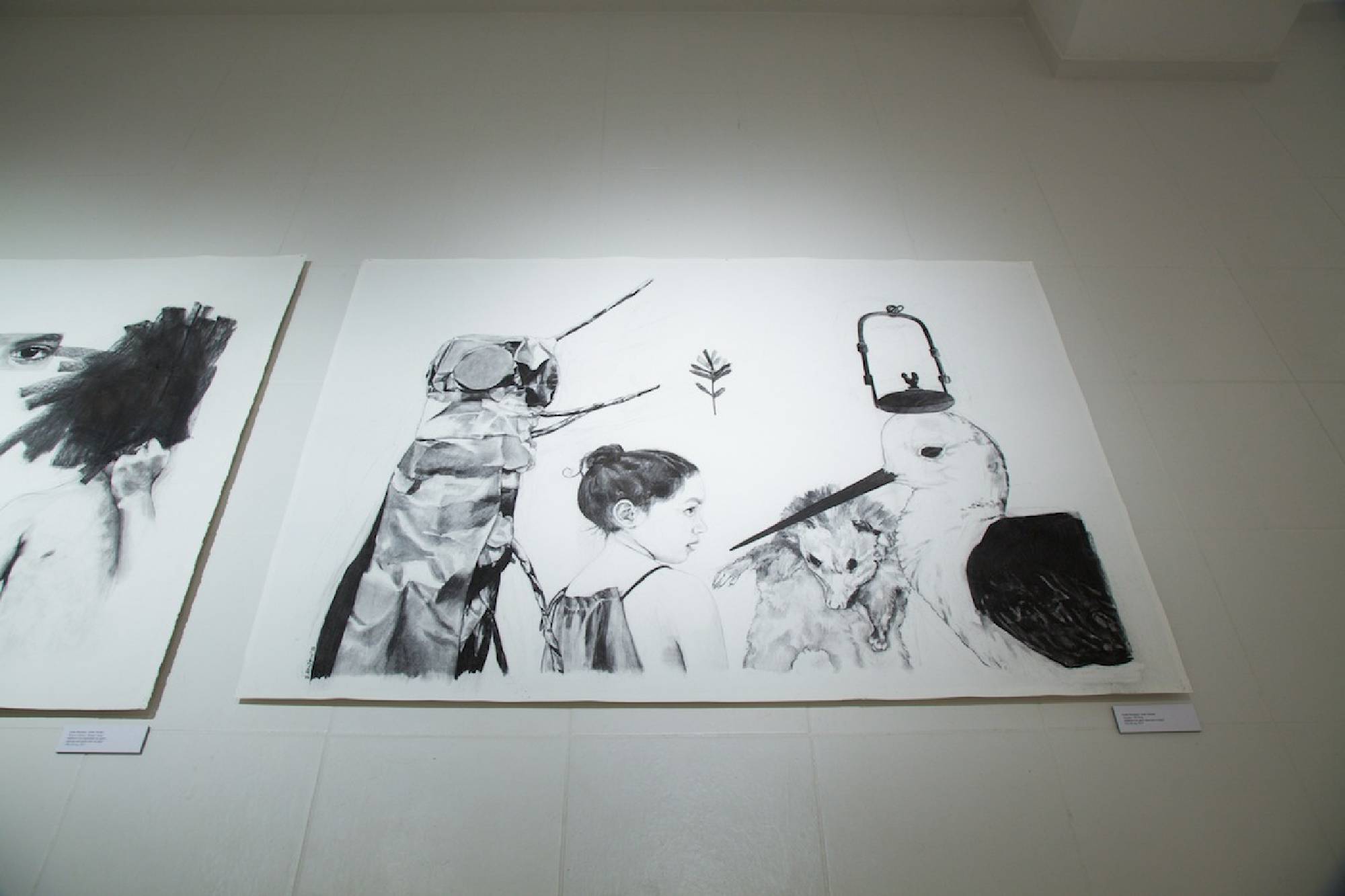Paper, scissors, stone is a hand game played by at least two players. It goes by many different names, but all have a circular pattern in common - A is beaten by B, B is beaten by C, and C is beaten by A, or: paper is cut by the scissors, scissors are broken by the stone, and stone is trapped by the paper. The game is simple to play and easy to understand and often used as a choosing method, just like throwing dice, where you let the random result determine your choice between different alternatives; historically, random games have often been used for objectively deciding small issues or even entire destinies, either as an exciting way to live or as a way to break life patterns.
In essence, there are two different concepts to randomness: the randomness we find in natural phenomena and randomness as a scientific concept where we try to construct randomness from equations. Through generalizing nature into common laws, we try to control and hand down the knowledge about the randomness that exists around us. We cannot explain why that fluffy cloud has a specific shape, but we know why there are clouds, what they are made of, and when they are going to appear. Visual randomness is viewed at as a notion of patternlessness, originlessness, or meaninglessness. However, patterns, origins, or logic most certainly do exist, even though they might not be immediately obvious, especially if they are presented in a way that we are not accustomed to.
The random elements within the arts shifted the focus from technical mastery to more intellectual levels of perception. The tradition of randomness goes back to for instance Alexander Cozens “New Method” where blotting – stains or accidental forms – suggests the shape of the final artwork, the techniques of the Dadaists, the automatic painting by the Surrealists, and the ready-mades by Marcel Duchamp. This challenged the viewer to deal with new ways of creating meaning from, until then, uncommon approaches to experiencing art.
While pure randomness is still searched for by scientists, the game of paper, scissors, stone is played by humans and therefore it can never be a truly random method. We always tend to create or find patterns; there exist numerous methods and theories on how to gain a significant advantage in the game. These four artists use paper as the common material – but their work also let one explore different notions of randomness.
Andreas Zymvragos is fixating the randomness of nature, like in a still image; natural phenomena like the clouds or the waves follow a specific pattern decided by their own matter, but are never exactly the same.
Barbara Knight lets the packages that she comes across from her different travels be the raw material of her collages and decide the final form, positioned on a larger paper almost randomly, creating abstract compositions.
Antonis Choudalakis’ technique with ink does not allow even one line to be somewhere where it should not be. At the same time he draws his inspiration from random faces he collected from newspapers during his stay in Stockholm which he combined with cabinet portraits of Swedes from the 1890s.
SofiaVlazaki´s compositions, which might look random at first glance, give the viewers narrative resources for creating their own story, always originating from the performance of children playing.
Randomness exists within all things, but under given rules. There are certain frames or boundaries wherein randomness is granted certain space. Here, for the purpose of this exhibition, paper is the material, and the gallery and a galleries specific discourse is the general frame - within an artistic field that is commonly considered as a continuous boundary breaker in itself.
Curation and texts by Sofia Mavroudis
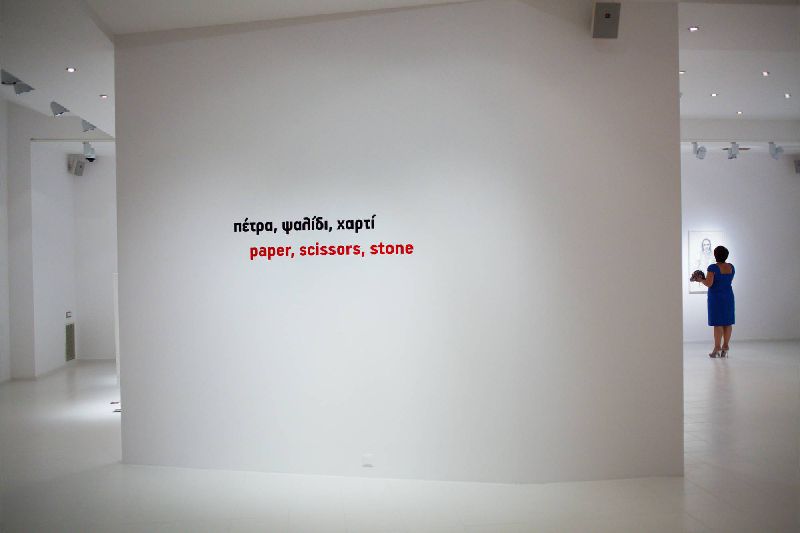 Installation view
Installation view
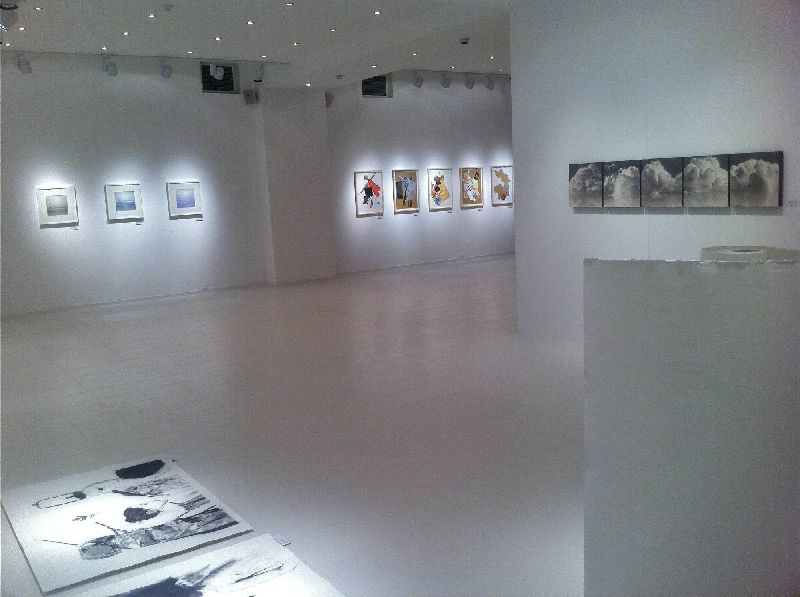 Installation view
Installation view
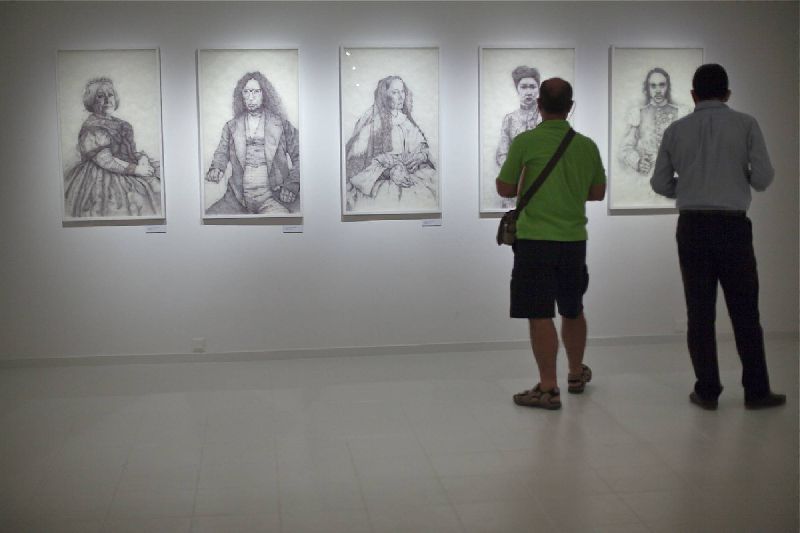 Installation view, Choudalakis
Installation view, Choudalakis
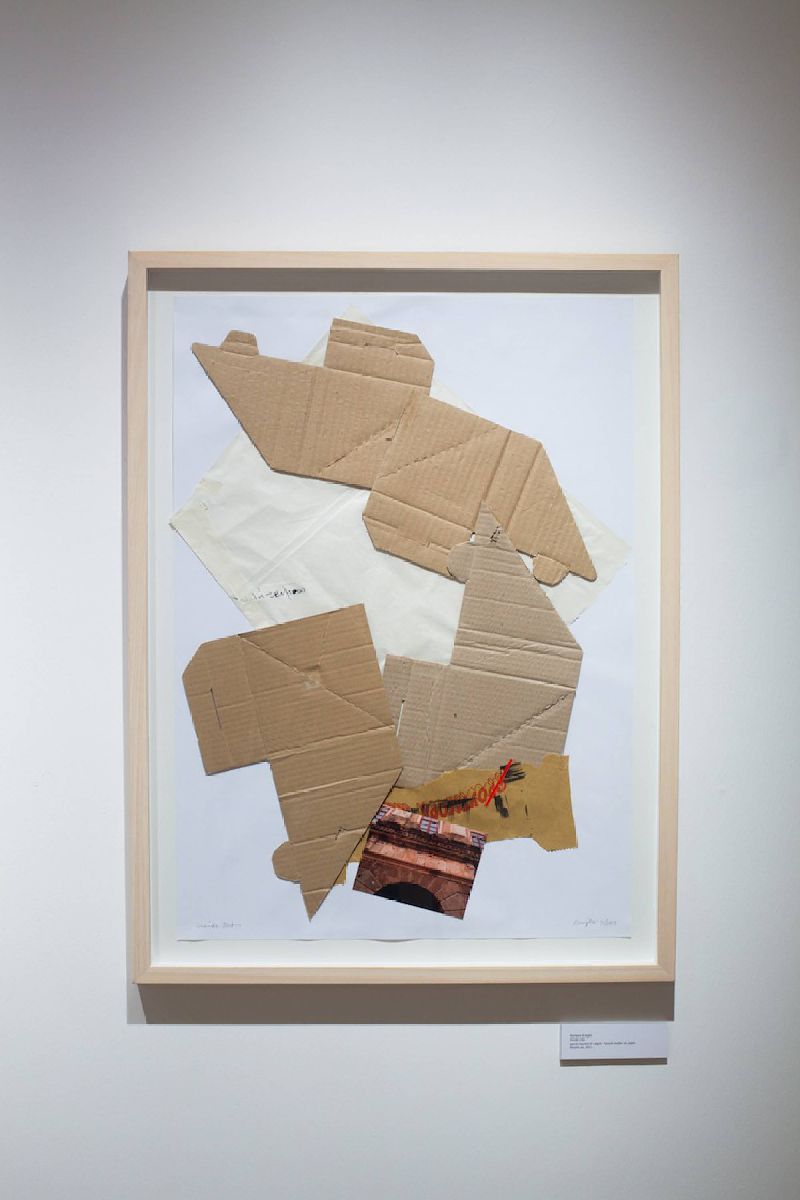 Barbara Knight
Barbara Knight
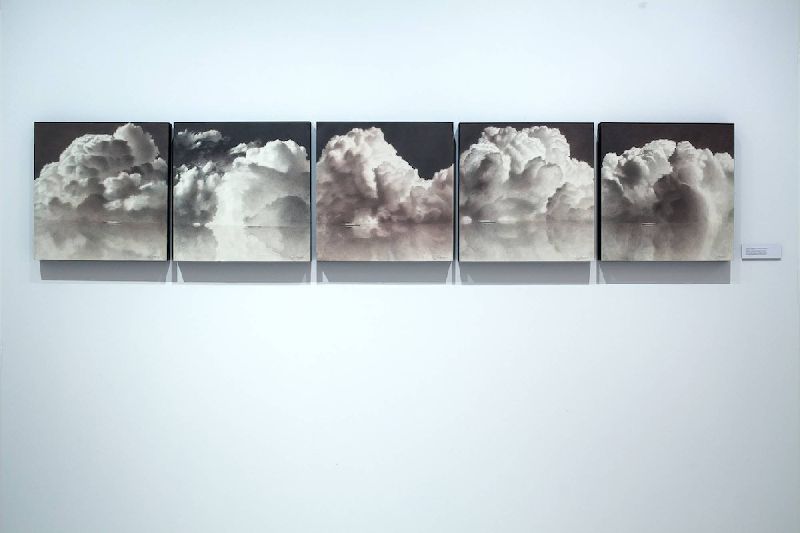 Andreas Zymvragos
Andreas Zymvragos
 Barbara Knight
Barbara Knight
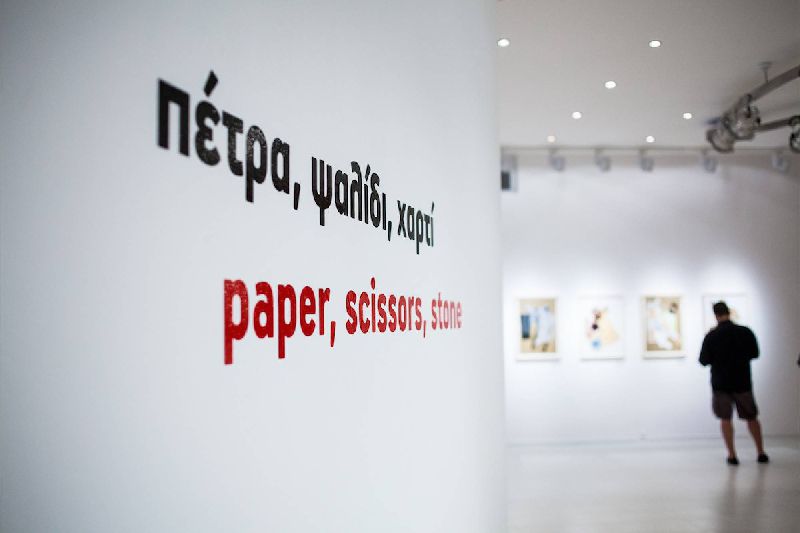 Installation view
Installation view
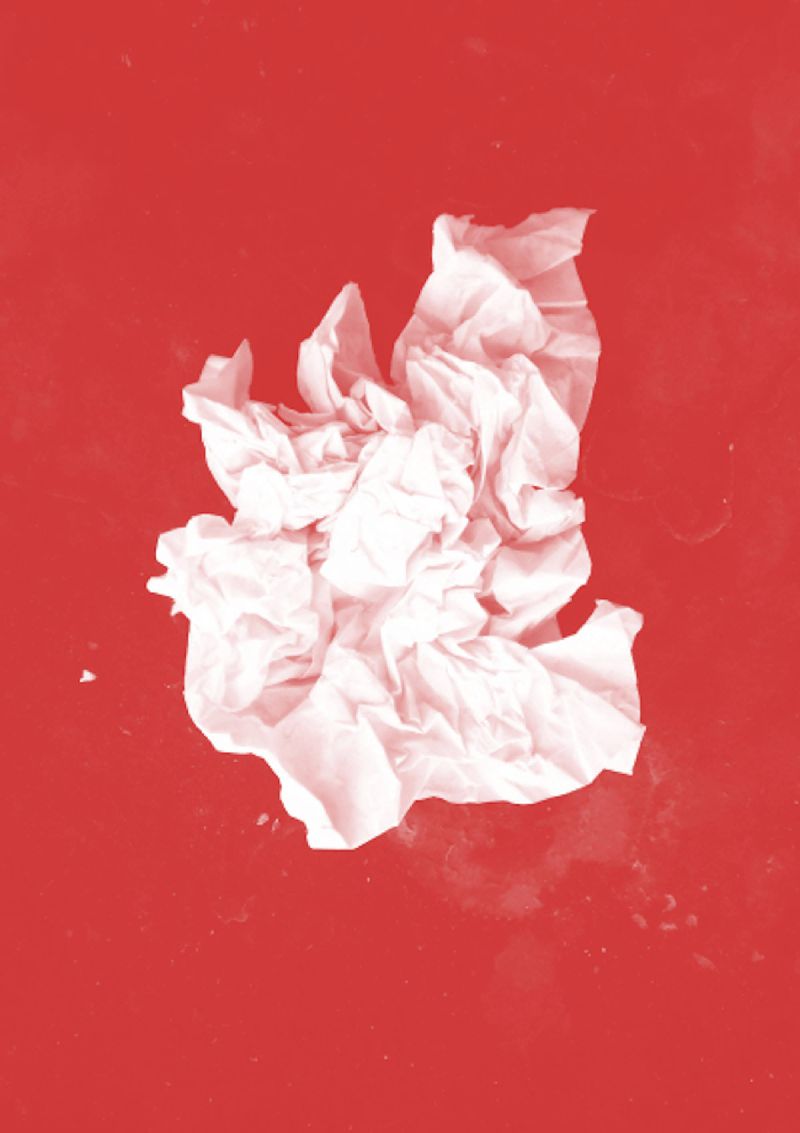
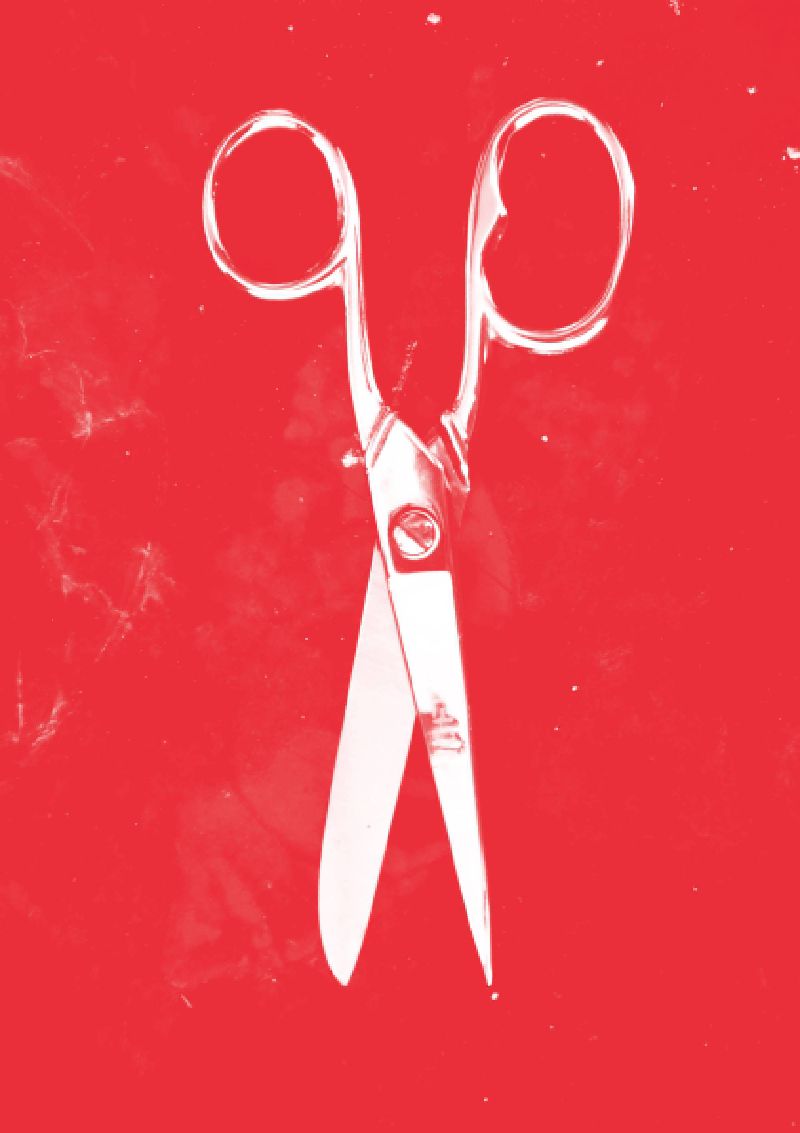

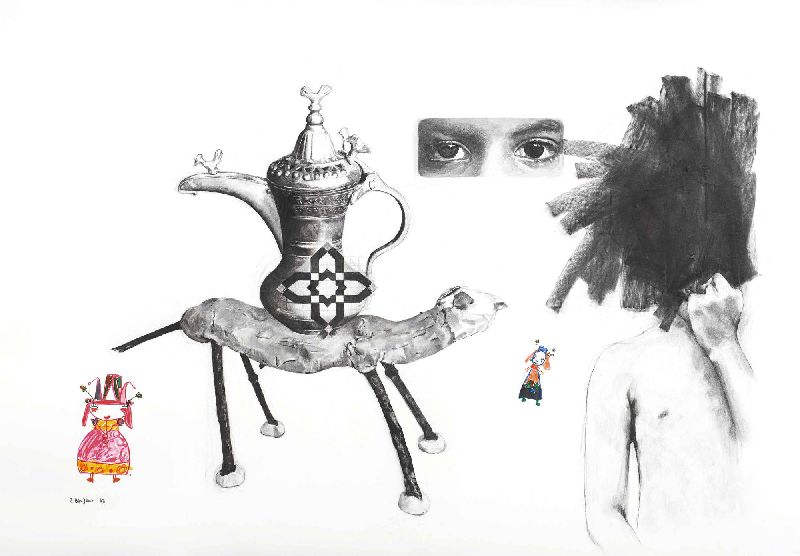 Sofia Vlazaki
Sofia Vlazaki
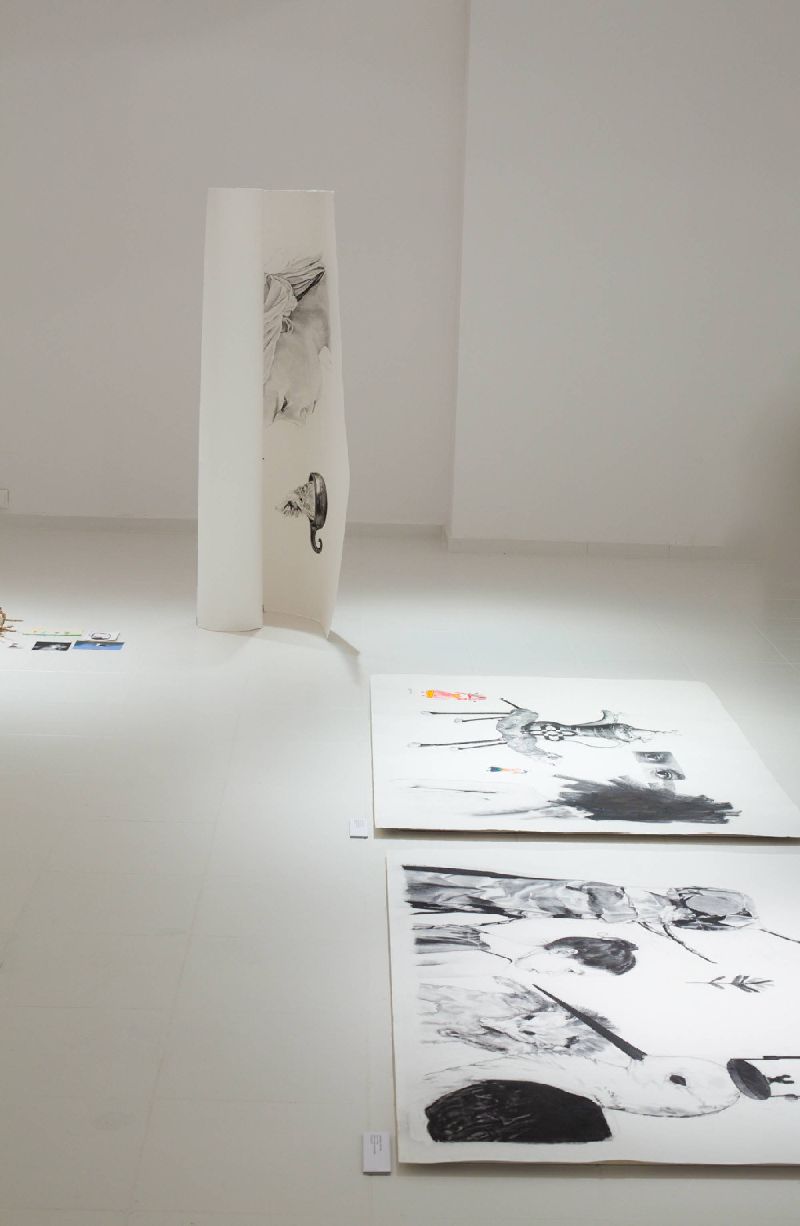 Installation view, Vlazaki
Installation view, Vlazaki
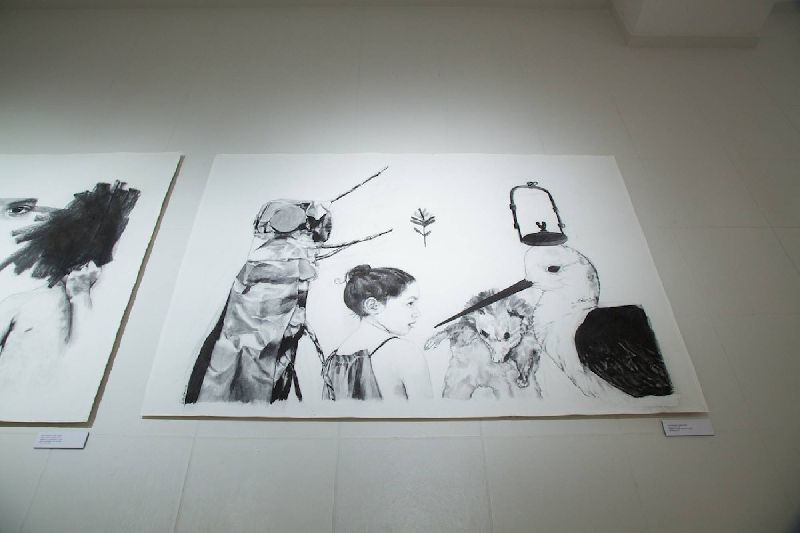 Installation view, Vlazaki
Installation view, Vlazaki
 Installation view, Vlazaki
Installation view, Vlazaki
